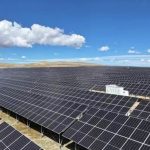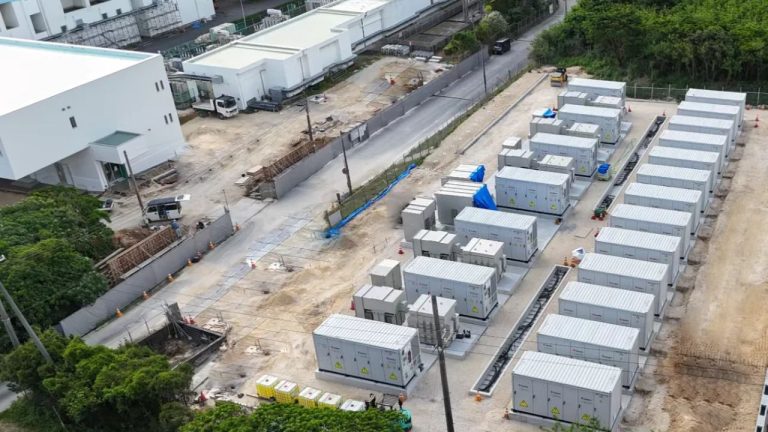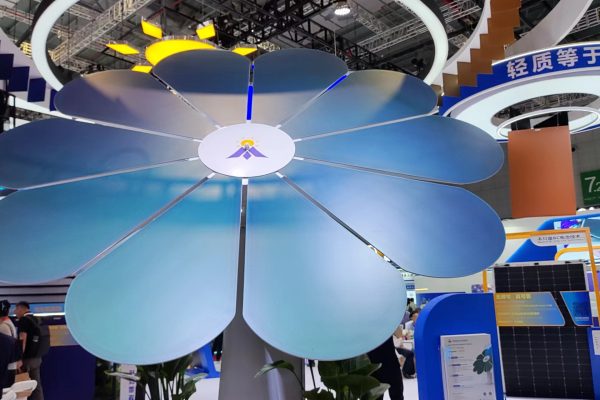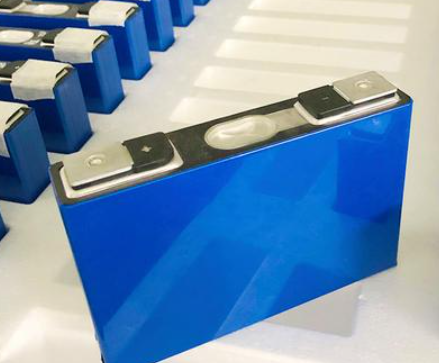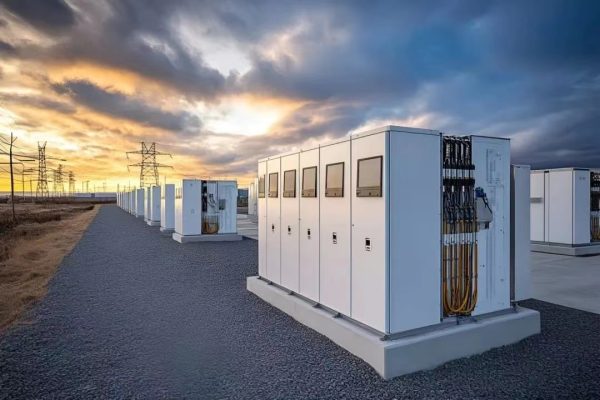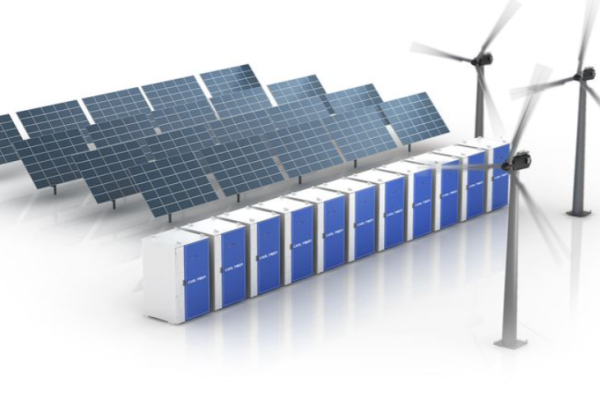The Scalable Solution for Flexible Energy Storage Deployment
As Battery Energy Storage Systems (BESS) grow in popularity across commercial, industrial, and utility-scale projects, many integrators and exporters are looking toward containerized solutions. These are pre-integrated systems packaged inside standardized shipping containers — such as 10ft, 20ft, or 40ft units — and delivered as near-complete energy blocks.
But when is containerized BESS the right solution? And how should small and medium-sized project developers decide between containerized and on-site-assembled systems?
This article explores the key use cases, benefits, and considerations of container-based energy storage.
🔋 What Is a Containerized BESS?
A containerized BESS is a pre-engineered, modular energy storage system that includes:
- Battery cells (usually LFP or NMC)
- Battery racks and fire suppression
- Battery Management System (BMS)
- Inverter(s) and Power Conversion System (PCS)
- Environmental controls (HVAC or liquid cooling)
- Energy Management System (EMS)
- All integrated inside a metal shipping container
It’s designed to be transported, dropped in place, connected, and run with minimal on-site assembly.
✅ When to Use Containerized BESS
1. Large-Scale Projects (C&I or Utility)
When your energy demand is hundreds of kWh to multiple MWh, containerized solutions are ideal.
Use Case:
- PV + BESS for peak shaving
- Frequency regulation and grid services
- Load shifting for industrial facilities
2. Remote or Harsh Environments
When access to skilled labor is limited or construction is expensive, containers reduce risk and cost.
Use Case:
- Islands, mines, oil & gas fields
- Temporary military bases or refugee camps
- Remote telecom towers
3. Fast Deployment Required
Need a system up and running in weeks, not months? Factory integration shortens lead time and avoids site delays.
Use Case:
- Emergency backup power
- Temporary energy support during grid upgrades
- Construction site power
4. Scalability Needs
Containerized BESS can be stacked in parallel for future expansion.
Use Case:
- Industrial clients with phased energy needs
- Utility pilot projects that will scale later
- Microgrids planning growth in stages
🔧 Technical Benefits
| Feature | Benefit |
|---|---|
| Pre-Wired & Tested | Reduces installation and commissioning time |
| Compact Design | High energy density per footprint |
| Safety Integration | Fire suppression, thermal sensors, EMS included |
| Modularity | Can be added or removed based on evolving demand |
| Easy Transport | Ships via standard freight – sea, rail, truck |
🛠️ What’s Inside a Typical 20ft/40ft Container?
| Subsystem | Description |
|---|---|
| Battery Racks | LFP modules with integrated BMS |
| PCS/Inverters | Often 100kW to 1MW, 3-phase AC |
| Fire System | Aerosol or gas fire suppression inside cabinet and container |
| Cooling System | HVAC or liquid cooling for temperature control |
| EMS | Controls charge/discharge, communication, remote monitoring |
| Connection Ports | AC input/output terminals, data interfaces, breakers |
🧱 Design & Export Tips for Integrators
- Choose LFP chemistry for safety and longer life
- Pre-certify your containers (e.g., UL 9540A, IEC 62619) for global markets
- Include quick-plug AC/DC terminals to speed on-site connection
- Plan logistics: Use ISO containers for simplified export
- Ensure remote access tools (e.g., 4G/LAN for EMS & BMS)
❗ Challenges to Consider
| Challenge | Solution |
|---|---|
| High upfront cost | Offer leasing or modular scale-up to reduce buyer barrier |
| Cooling inefficiency | Use liquid cooling in hot climates |
| Heavy transport weight | Coordinate early with logistics partners |
| Certification complexity | Work with labs early; design for multi-region compliance |
📦 Real Case: 1MWh System for a Textile Factory in Pakistan
A system integrator exported a 40ft containerized BESS (1MWh, LFP, 250kW PCS) to support peak shaving in a factory with time-of-use electricity pricing. The result:
- Payback < 3 years
- Reduced demand charges by 40%
- Plug-and-play setup completed in 5 days
Containerized BESS solutions offer a powerful, scalable, and low-risk approach for large-scale or remote energy storage projects. While they may not be the cheapest per kWh, their ease of deployment, safety integration, and reliability make them the preferred option in many global markets.
For system integrators and exporters, offering containerized solutions unlocks new project scales and gives clients confidence that the system will “just work.”



